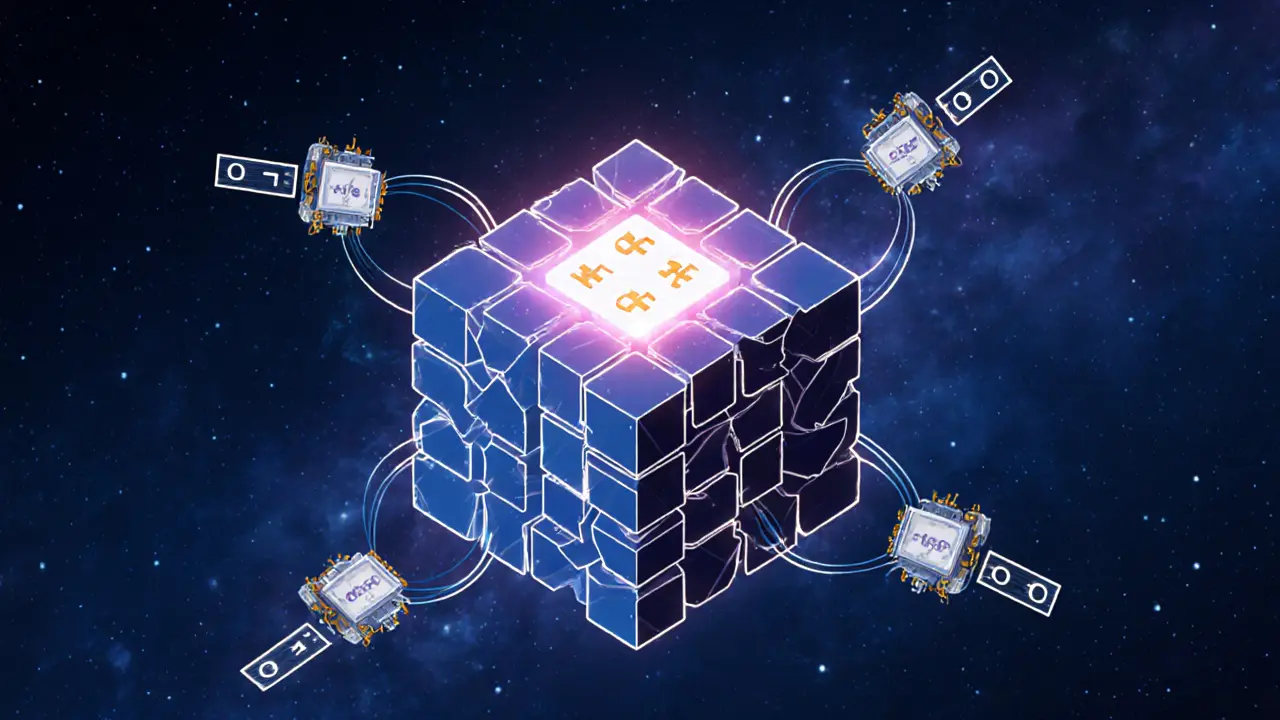PoW explained: How Proof of Work Powers Bitcoin and Crypto Mining
When you hear Proof of Work, a consensus mechanism that requires miners to solve complex math problems to validate transactions and add new blocks to a blockchain. Also known as PoW, it’s the original engine behind Bitcoin and remains the most secure way to keep decentralized networks running without a central authority. Think of it like a digital lockpick contest — the first person to crack the code gets rewarded with new coins, and the network stays honest because cheating costs more than playing fair.
Proof of Work isn’t just about mining Bitcoin. It’s the reason your crypto holdings have value — because tampering with the ledger would require more computing power than the entire network combined. That’s what makes it so hard to hack. But it’s also why cryptocurrency mining, the process of using specialized hardware to solve PoW puzzles and earn block rewards uses massive amounts of electricity. Countries like Iran, where power is heavily subsidized, became mining hubs because it’s cheaper to run rigs there than anywhere else. Meanwhile, critics point out that PoW is wasteful, which is why newer chains like Ethereum switched to Proof of Stake. But Bitcoin? It’s stuck with PoW — and that’s by design.
What you’ll find in this collection aren’t just theory lessons. These are real-world breakdowns of what PoW actually looks like on the ground: from the hardware miners use, to the energy bills they pay, to the scams pretending to be mining pools. You’ll see how Bitcoin mining, the specific application of Proof of Work to secure the Bitcoin blockchain and distribute new BTC has evolved from a hobby into a global industry. You’ll also learn why some projects claim to use PoW but are actually dead — like Zayedcoin or GemSwap — and how to spot the difference between real mining and fake promises.
There’s no fluff here. No jargon without explanation. Just straight answers: How does PoW keep Bitcoin safe? Why do miners need ASICs? What happens when electricity prices rise? And why do so many people still believe mining is easy money? If you’ve ever wondered how your crypto gets confirmed, or why your wallet shows "1 confirmation" and waits forever — this is where you’ll find the real story behind the scenes.
What Is Proof of Work in Blockchain? A Clear Breakdown of How It Secures Bitcoin and Other Cryptocurrencies
Proof of Work is the original consensus mechanism behind Bitcoin that secures the blockchain by requiring miners to solve complex math puzzles. It's energy-intensive but proven secure over 15+ years, making it ideal for digital gold, though alternatives like Proof of Stake are now dominant in other areas.
learn more